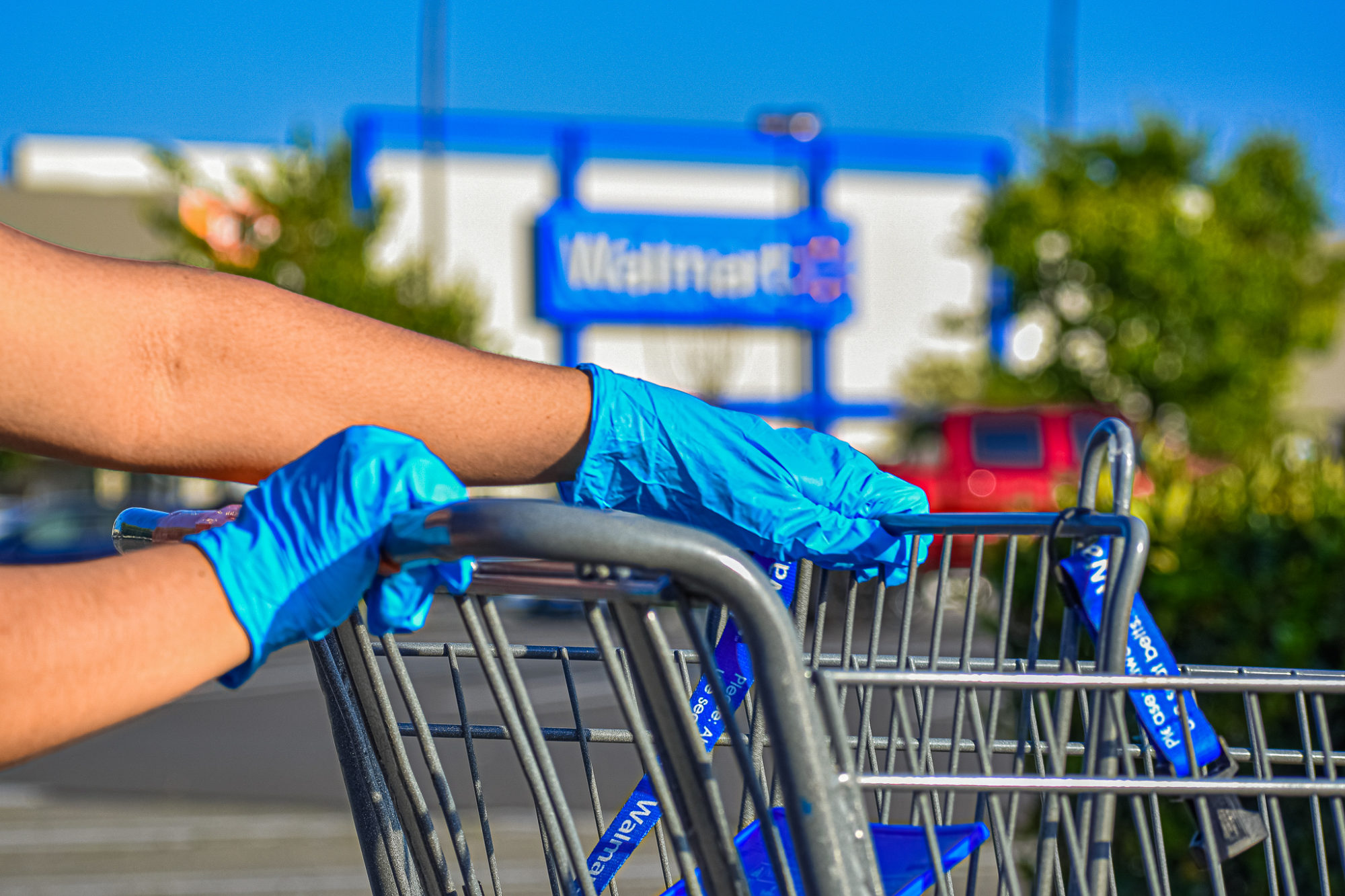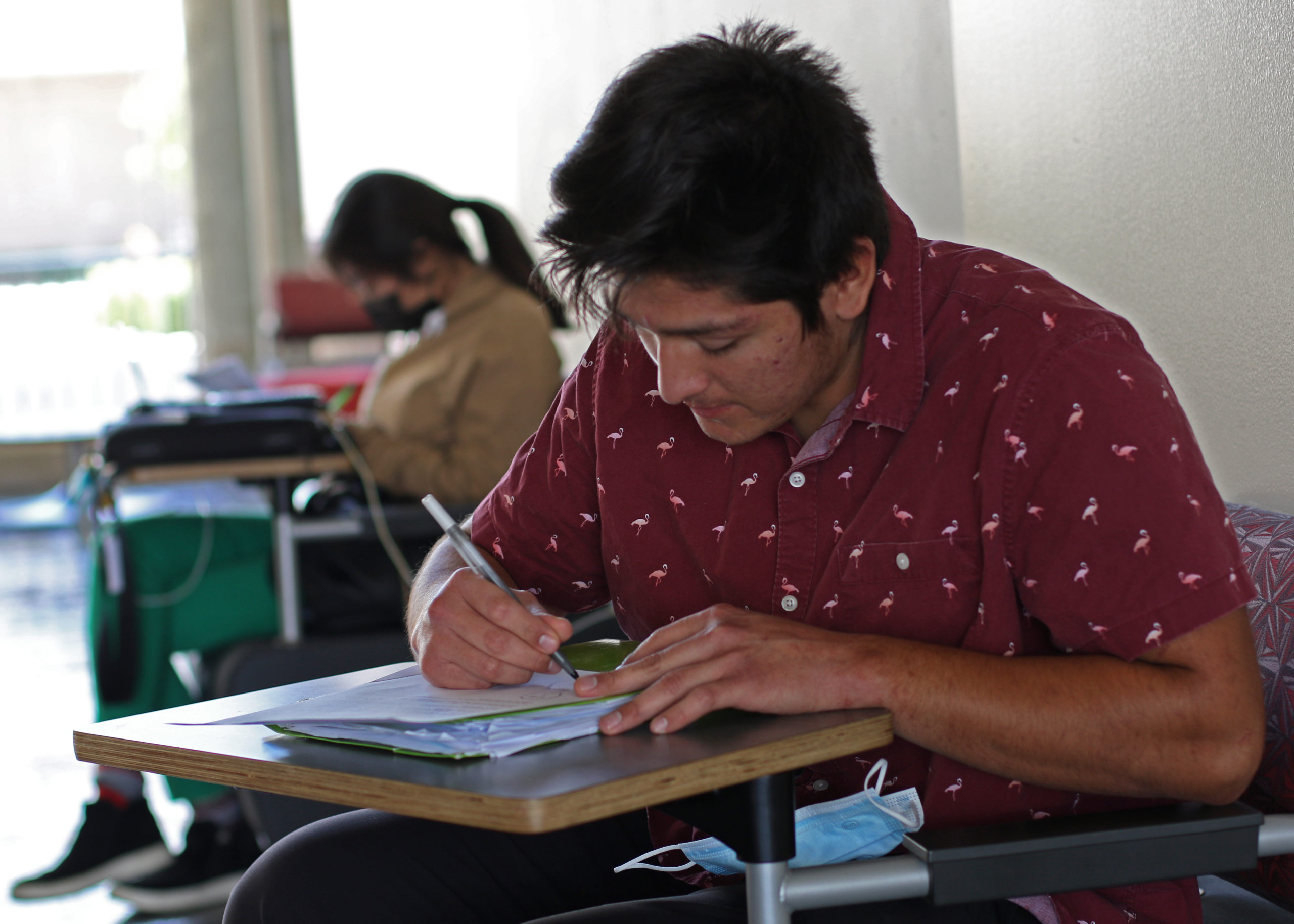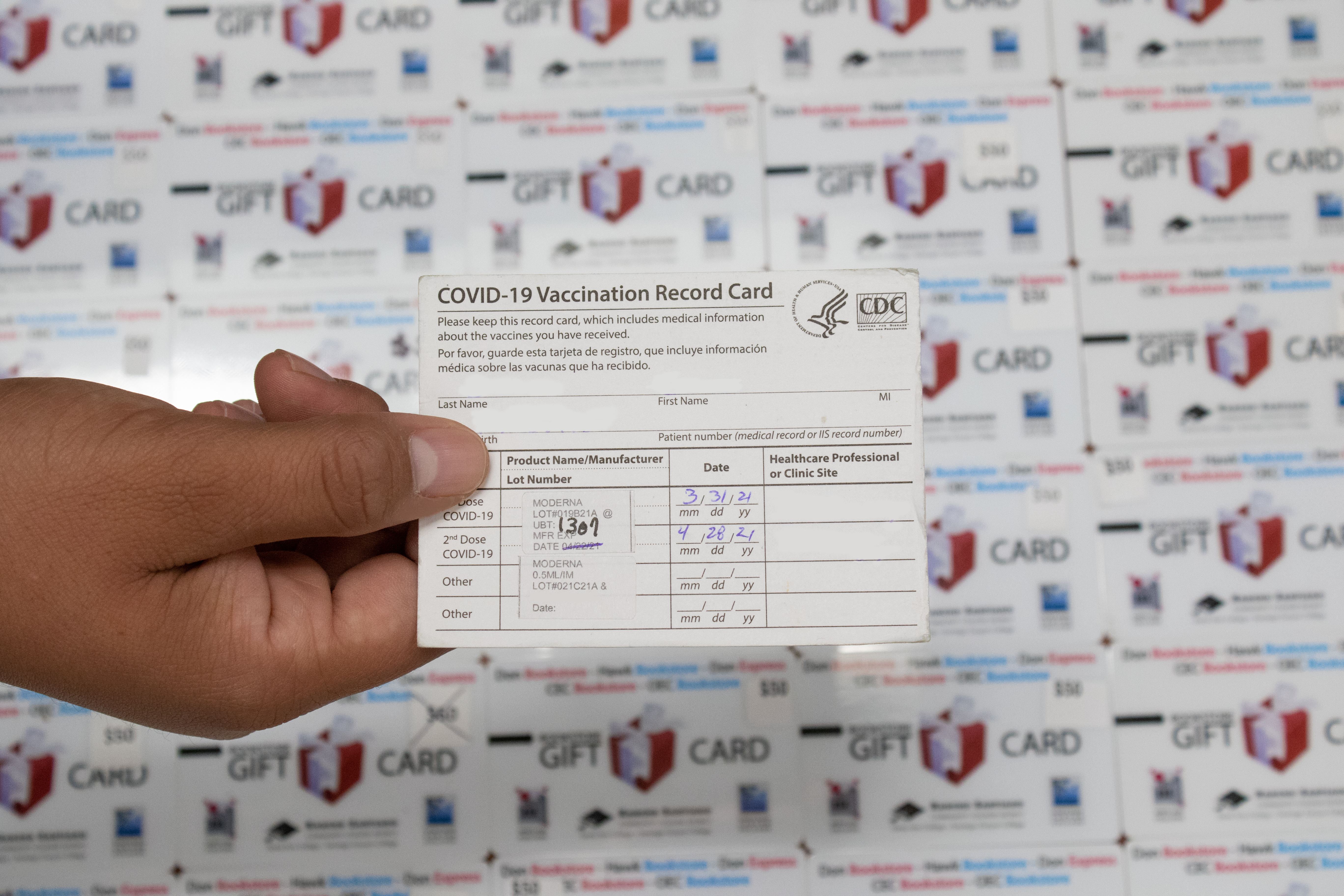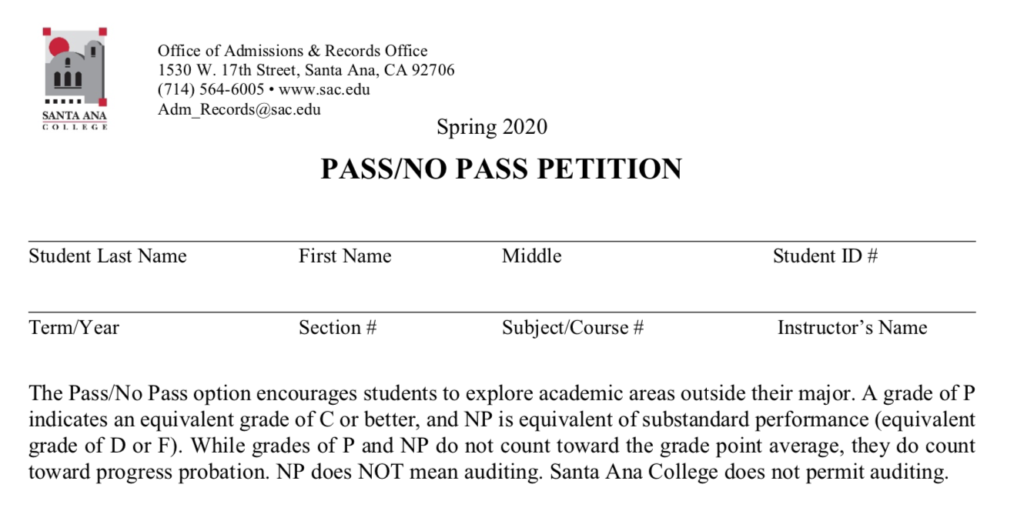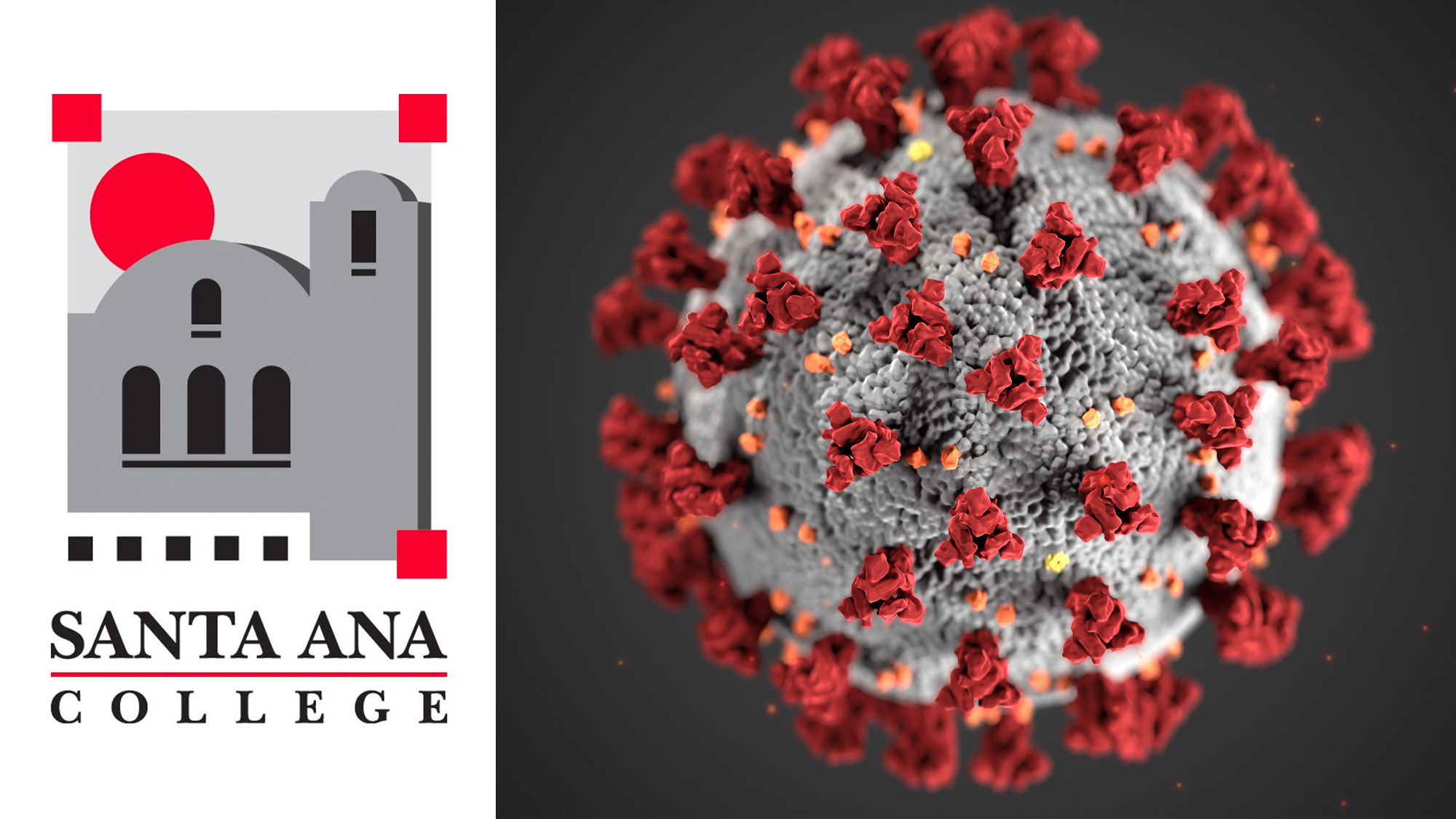As the COVID-19 pandemic continues, we are all consuming a flood of information from every direction — some factual, some speculative, some that will change when the next round of viral studies gets released.
Whether it’s the Centers for Disease Control and Prevention (CDC), the city council, or your great-aunt Sally’s best friend on Facebook, everyone has recommendations for how to keep you and your family safe.
Here is some of the more common bad advice being passed around on the internet. We break it down and give you the facts behind each one:
Don’t bother with cloth masks
Health experts at every level have confirmed COVID-19 is spread through infected droplets expelled out of both our mouths and noses not only when we cough or sneeze, but also when we talk, laugh, sing or even breathe. Tiny droplets can even remain in the air even after the infected person is gone. Significant influenza research has shown that masks, if worn properly, can be effective in reducing transmission of the virus.
Only N95 masks, however, protect you from incoming particles. Regarding home-made face coverings, the CDC says it “advises the use of simple cloth face coverings to slow the spread of the virus…” Wearing a surgical or cloth mask helps people (even those who have the disease but don’t realize it) from potentially infecting others.
Skip the hand sanitizer and just wash your hands
Hand soap and sanitizer work in different ways. While the goal of sanitizer is to kill the viruses and bacteria and leave their corpses on your hands, soap, by contrast, aims to just remove them entirely. Hand sanitizer is good if you’re out and a sink isn’t available, but it just isn’t as effective as a 20-second washing.
Don’t worry, it’s just like the flu
No, no it is not. Although they do share some similar symptoms — like a fever, aches, and a cough — there are several major differences.
For one, they’re from different families of viruses. While the flu is an influenza virus, COVID-19 is a coronavirus that is new (or, novel) to humans. It’s a relative of Severe Acute Respiratory Syndrome (SARS) Middle Eastern Respiratory Syndrome (MERS). There is currently no vaccine or any therapeutic treatments that are FDA approved.
The COVID-19 death rate is also much higher than the average flu. The CDC estimates that the flu infected up to 56 million people and killed up to 62,000 from October 2019 through April 4, 2020. In roughly half of that time, Johns Hopkins University reported 1.5 million infections and nearly 100,000 deaths (a number that will likely be higher by the time you read this).
Summer heat will kill the virus
Unfortunately, no, at least not in any meaningful way. Although it’s true that most viruses are weaker in the heat (not dead), hot weather really only reduces how long the virus can live outside the body on surfaces and lingering in the air. According to the World Health Organization, heat may slow the spread, but it does not eliminate it.
The temperature needs to be about 160 degrees to effectively kill any viruses or bacteria, so while the hot cycle on the washer works great for disinfecting clothing and bedding, the California sun won’t be shining a light on return to life as we know it.
Ingesting disinfectants will kill the virus from the inside
Please don’t do this. Ever. From remarks made by President Trump to “Miracle Cures” on the internet, there’s been a surge in the apparent “kill it from within” approach. That is an objectively terrible idea.
Bleach, as well as many other cleaning chemicals, can cause severe chemical burns and death if ingested, even if they’re diluted with water. Isopropyl alcohol, the type used in disinfectants, can cause severe alcohol poisoning and death even from small amounts. (These bottles aren’t covered in warning labels for fun.)
Another thing to consider is where the virus lives once it gets into your body. Viruses seek out particular types of cells in the body depending on their needs, and once there, they hijack those cells and use them to replicate, flooding and overwhelming your immune system. Current studies suggest that similar to its cousin SARS, COVID-19 goes for cells found in the lungs. Nothing entering your digestive tract would ever have direct contact with your lungs.
Social distancing didn’t help flatten the curve
We’ve all been doing our best to stay inside for about two months now, and maybe it’s a bummer to only see friends from at least six feet apart, but study after study has shown that social distancing works.
Social distancing isn’t a new concept. During the Influenza pandemic of 1918-19, Many cities rushed to figure out how to combat the biggest medical emergency in memory. While cities such as Los Angeles and St. Louis locked down their cities similar to what we’re now facing, others such as San Francisco and Philadelphia tried to keep shutdown time to a minimum and relied on masks. As a result, the cities who fought against social distancing saw higher death tolls than their counterparts.
Only old people and those with preexisting conditions need to quarantine
Fair point — sort of. If we were to abandon social distancing and resume life as normal, letting the virus run its course like we have with the flu, many would get COVID-19 and many will likely survive. While it’s true that those over age 55 are more prone to infection and death from coronavirus, in Orange County, people under 55 represent more than 60% of total cases and about one-quarter of all deaths so far.
There are also more people with preexisting conditions than you might think. The CDC’s high-risk list includes people of all ages with underlying medical conditions that are as common as asthma and diabetes. In Santa Ana, about 13% of the population is diabetic and 8% has chronic asthma. That’s roughly one in five people from just two conditions on the list. Cancer survivors and transplant recipients, two more at-risk groups, have fought tooth and nail to live.
Lastly, consider how many of our parents and grandparents are over 55. These numbers aren’t disconnected strangers already at the brink of death, these are the lives of the people we love. Stay safe out there — for everyone’s sake.
- Get your parking pass to avoid a ticket - February 13, 2024
- Vaccine mandate suspended for students and staff - November 23, 2022
- Cannabis cloud kitchen helps entrepreneurs break into the industry - November 2, 2022


